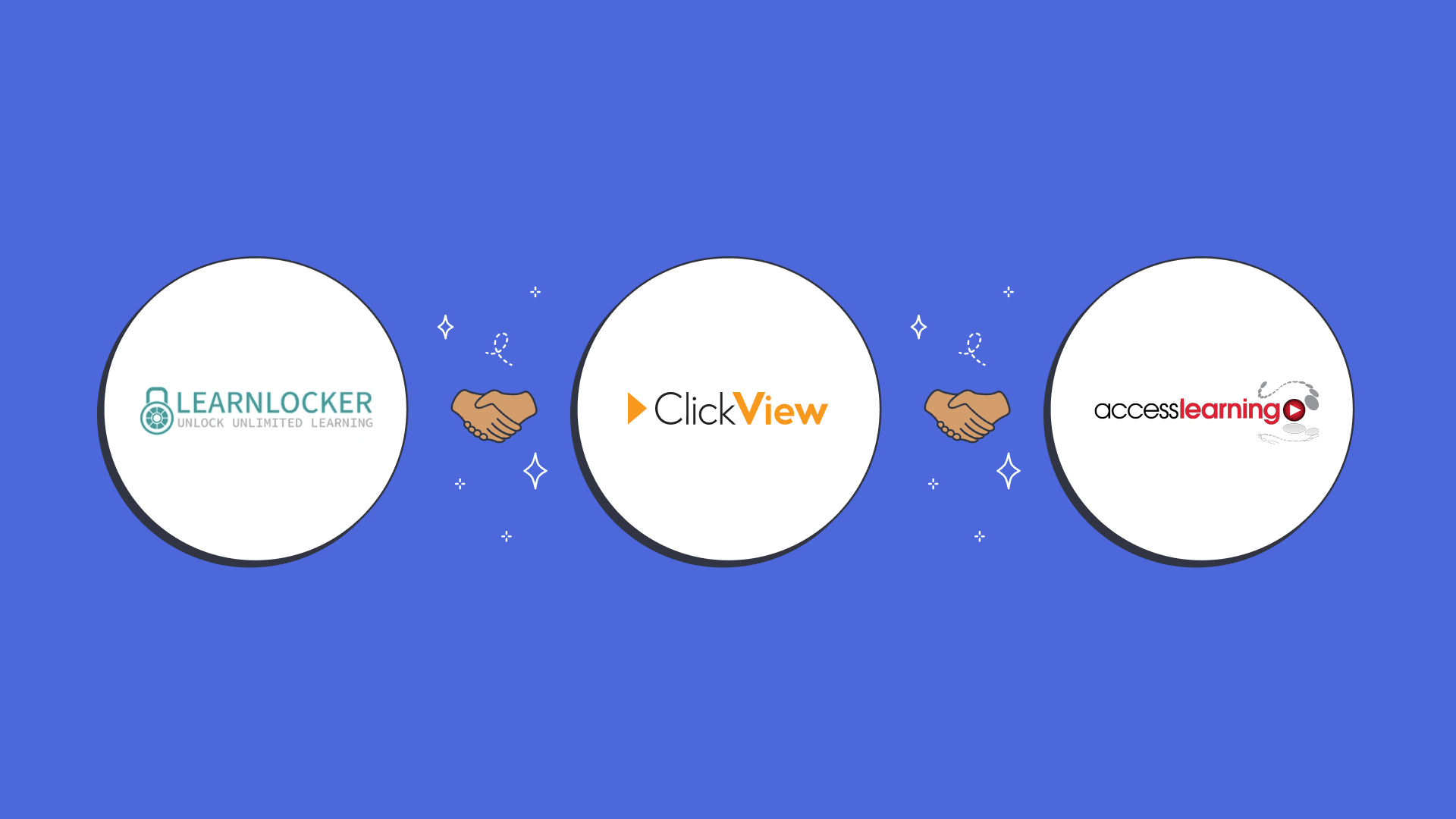NY State Education 2-D Law bans student access to YouTube
As a former teacher with a YouTube horror story (let’s just say an unvetted rainforest video took an unexpected turn), I’ve always been cautious about unrestricted YouTube access in classrooms. It’s actually one of the reasons I joined ClickView—but that’s a story for another time. Six months ago, I wrote about the risks of YouTube in schools, and now, New York has taken a major step by restricting student access to YouTube in schools. This change has big implications for IT Directors, school and district leaders, and teachers—all of whom have different responsibilities in making this shift happen—and happen quickly!
Why is YouTube being banned in New York?
- YouTube no longer meets the privacy standards of New York State Education Law 2-D.
- Google previously had a waiver for apps like YouTube, Maps, and Translate, which are not covered under Google Workspace for Education. This waiver has now been removed.
When do these changes take effect? Who is affected?
- Effective Date: March 1, 2025
- Who Is Impacted?
- Students will no longer have direct access to YouTube.
- Teachers can still use YouTube and share videos via Google Classroom, Slides and Forms.
- IT directors and IT staff need to restrict student YouTube access.
- School and district leaders need to educate students, parents and staff on the changes and look for alternative solutions.
What do these restrictions mean for IT directors and IT staff?
IT Directors are responsible for ensuring compliance with New York Education Law 2-D, which requires that student data is not used inappropriately. Now that YouTube is no longer compliant, IT staff must remove it from student access to maintain compliance.
What do these restrictions mean for school and district leadership?
School and district leaders are responsible for communicating these changes effectively to parents, teachers, and students. Many districts have already started informing parents about these updates:
- Lockport City School District Announcement
- Student Advisory on Google Service Restrictions
- Unadilla Valley Central School District Article
Beyond communication, school leaders must also help teachers transition by providing alternatives for student video access.
Ideas to help students adjust to YouTube restrictions:
- Encourage teachers to use classroom management tools like Google Classroom to share YouTube videos securely.
- Promote the use of Google Education tools that enable secure YouTube link sharing e.g. Google Classroom, Forms and Slides. However, this works best for teacher-directed learning and does not fully support independent study, research, or inquiry-based learning.
- Adopt a secure education-focused video platform like ClickView, which is fully compliant with Education Law 2-D and designed specifically for safe, K-12 student-friendly learning. ClickView provides direct student access to thousands of curriculum-aligned videos for research, study, and lesson engagement—without ads, distractions, or data collection risks.
What do these restrictions mean for teachers?
Teachers will need to quickly adapt to these changes. Here’s what you need to know:
- Students can’t access YouTube directly, so avoid sharing direct YouTube links.
- Students won’t be able to use YouTube for research or independent study, so provide alternatives like ClickView.
- Use this as a teaching opportunity—help students understand the importance of privacy protection and digital footprints. Here’s a great ClickView video on digital privacy to share with your students and colleagues…
A solution for IT directors, leaders, and teachers
In response to these changes, ClickView is offering all New York schools unlimited free access to ClickView for the rest of the school year.

What is ClickView?
ClickView is a New York State Education Law 2-D compliant video platform with thousands of engaging standards-aligned videos covering every grade, subject, and topic.

Watch this video to learn more
How ClickView is helping New York schools and districts transition
ClickView is helping New York schools and districts transition away from YouTube by providing free, secure access for the rest of the school year.
Final thoughts
The YouTube restrictions may feel like a challenge, but they’re an opportunity to shift towards safer, education-focused video solutions that protect student privacy while keeping lessons engaging. Whether you’re an IT director, superintendent, school leader, or teacher, planning ahead will help ensure a smooth transition. If you’re looking for a compliant alternative that meets the needs of New York State schools, ClickView is here to help.

Rachel Dunne
briefcase iconEdtech Advocate
Rachel Dunne is a passionate educator and edtech advocate with a deep belief in the power of technology to enhance student engagement, collaboration, and creativity. With over a decade of experience as a primary teacher and education consultant, she has seen firsthand how technology empowers teachers to better understand their students and personalize learning for every individual.
Other posts
Want more content like this?
Subscribe for blog updates, monthly video releases, trending topics, and exclusive content delivered straight to your inbox.






